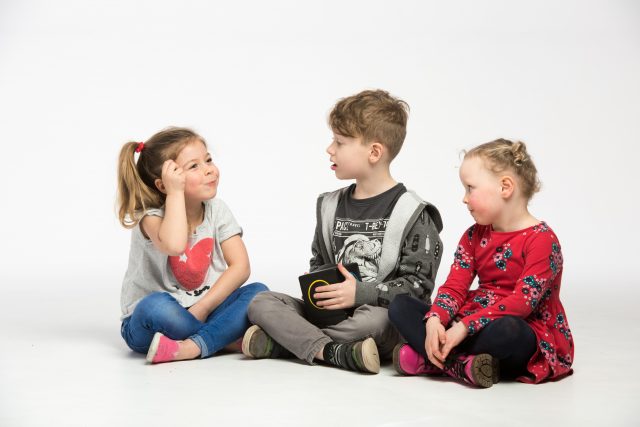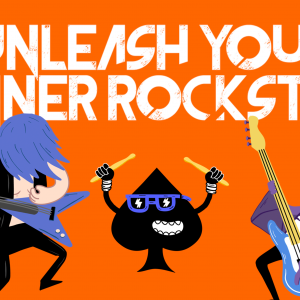Multiple studies have confirmed the benefit of music on children’s development – but what is the benefit of listening to music versus making music. Let’s explore.
Listening vs playing music
When it comes to listening to music, the benefits range from puzzle solving type tasks to improving organizational skills. But while listening to music is all well and good, what about actually playing or even better making it? Research that focuses on how or if playing a musical instrument can impact on intelligence, often looks at how learning in one area can lead to improvements in other areas. For example, learning to play the violin, or the guitar could help children to do better in their spellings or a science project. This is often the reason why some parents encourage their children to learn an instrument – because of a belief that it will them smarter and perform better at school.
While some studies have shown how musical training can shape brain development. And that improvements in small motor skills and general intelligence have been linked to musical training.
There is still a wealth of evidence suggesting musical learning is beneficial. From encouraging the development of a physical sense of self in relation to the how we use objects in the world around us, as well as developing a specific kind of intelligence that is used in problem-solving.
Music and social development
Children who had chosen to learn an instrument were considered by both their parents and teachers to be less anxious than those who had received only group lessons.
Musical learning
Without a doubt, music can have a big role to play when it comes to children’s learning. Not necessarily just in terms of intelligence, but also in term of their physical development and social well-being. Musical learning can help children to apply themselves, as well as supporting the processes involved in teamwork and appreciation of working towards shared goals.
Valuing music education includes nurturing the development of these abilities, and these skills and mindsets. Which is why developing a culture of creativity and musical learning in our schools should be a key part of children’s lives.
How can I get started?
So we know the benefits of music are well renowned. But for many children, the barrier to making music is the physical dexterity required to play a traditional instrument. Sometimes it feels like you just can’t get it! From holding the instrument to knowing what notes to play can be a challenge in itself.
That was until an exciting new musical instrument designed to empower those unable to play traditional instruments was born.
Music for everyone
The Skoog is a soft, squeezable cube that connects wirelessly via Bluetooth to an iPad. Users can touch, press, squash, squeeze or tap the Skoog using their hands or even with any part of the body from elbows to feet to intuitively play a wide range of instruments.
Children are now able to make use of one of their greatest gifts: imagination. Sensitive to the slightest touch yet robust enough to resist strong handling, the Skoog allows children to play music in an expressive way.
The Skoog is already in use in special needs and mainstream schools, music therapy and healthcare centers across the UK and further afield. The Skoog supports inclusive practice in music education and can be used to establish connections with pupils who have very severe communication difficulties.
Key Benefits
– Helps develop musical expression and communication skills.
– Ideal for promoting inclusive music practice.
– Improves motor skills, coordination, and control.
– Supports sensory integration.
– An excellent resource for multi-sensory learning that can be used cross-curricular.
The Skoog has been designed to make music accessible for everyone. Skoog is small, light, portable, robust and wipe-clean. It is also suitable for MLD, SLD and PMLD, children with global delay, genetic conditions such as Down’s Syndrome, sensory impairments, physical/medical problems and those with autism for ages 3 and up.
How can I have a go?
- To get your very own Skoog 2.0, online or instore at Apple or online on Amazon.
- Get in touch with Skoogmusic here
- Want to save up to 37% off Skoog? Click here.

